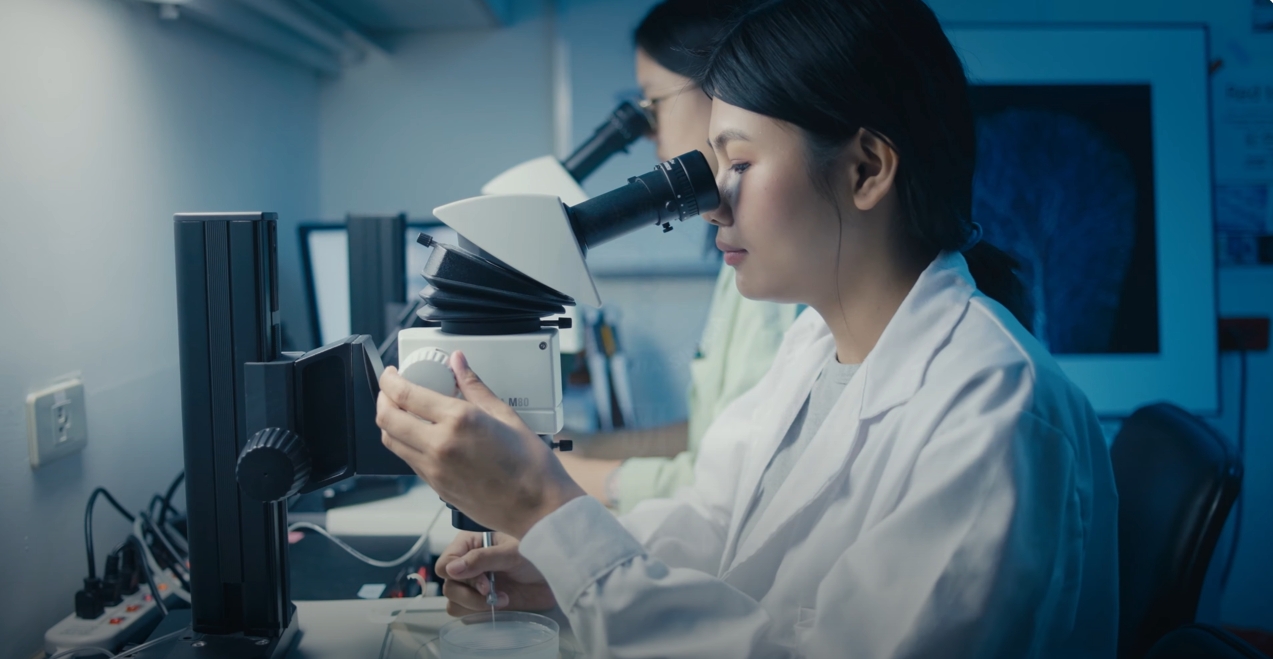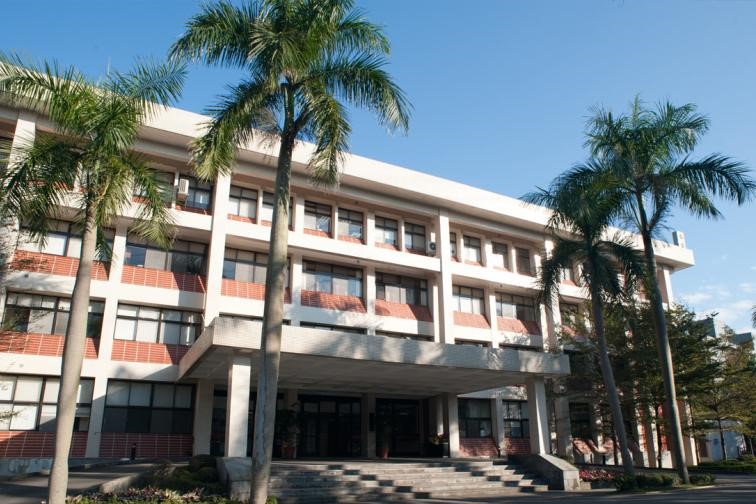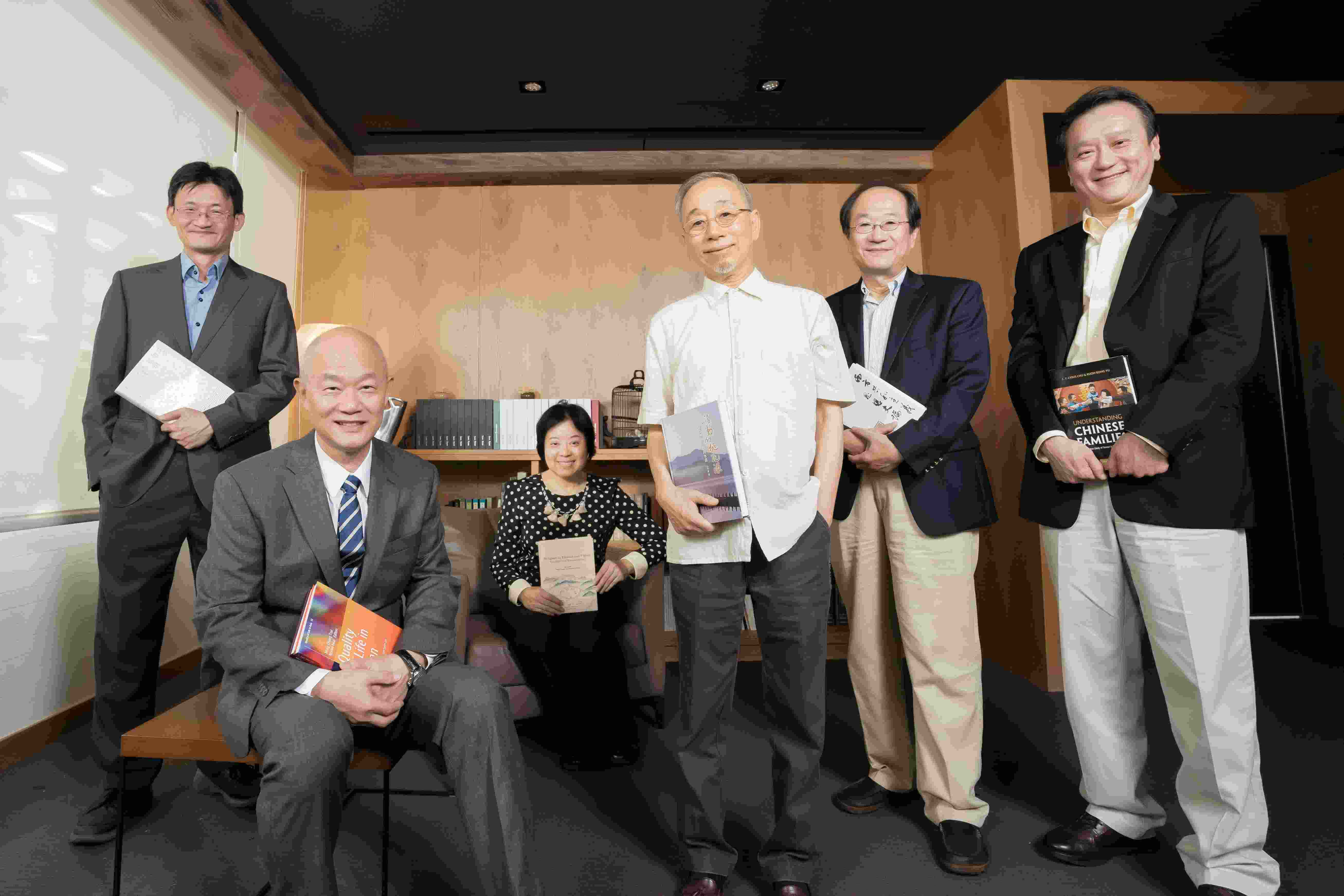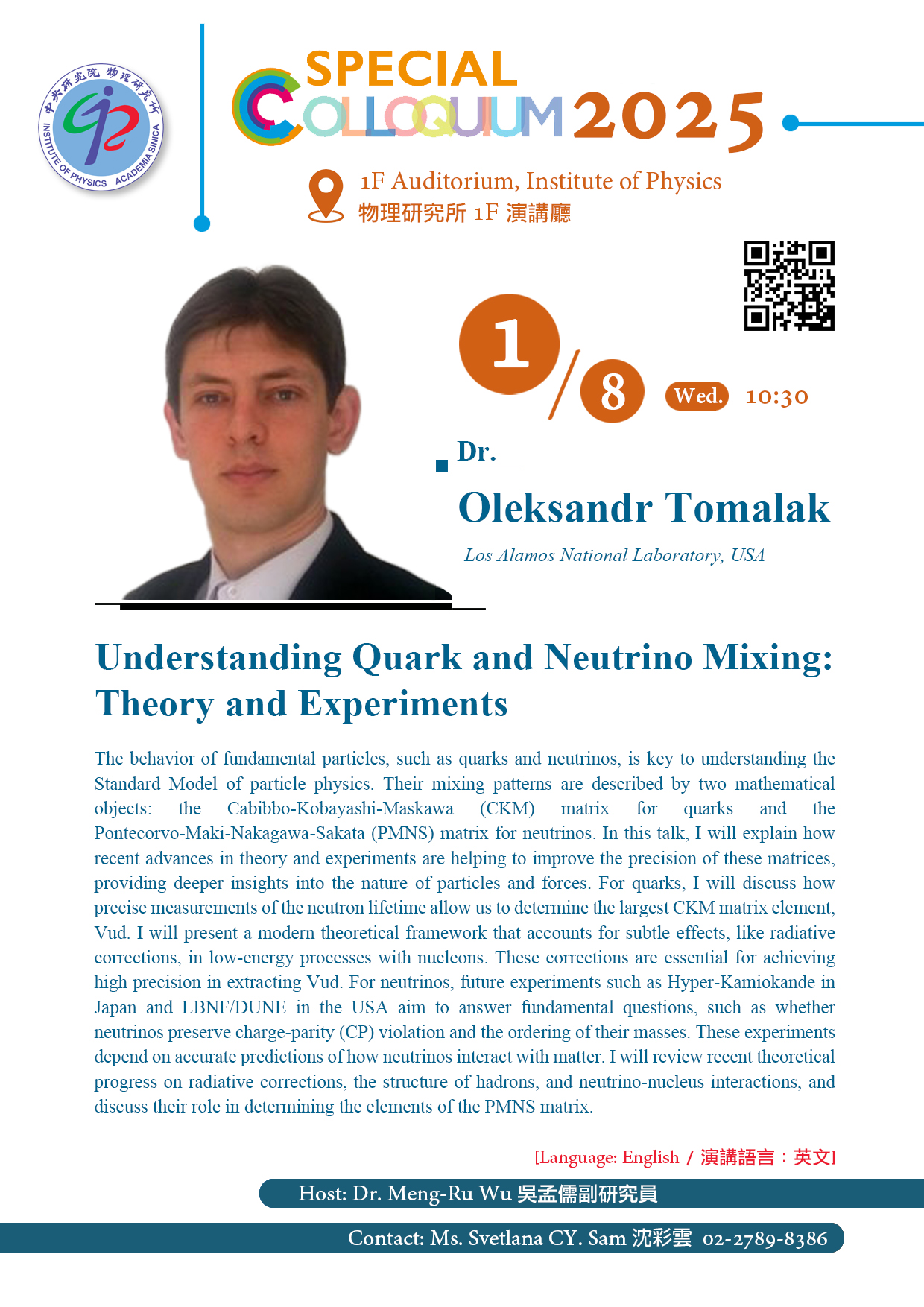- 演講或講座
- 物理研究所
- 地點
物理所1樓演講廳
- 演講人姓名
Dr. Oleksandr Tomalak (Los Alamos National Laboratory, USA)
- 活動狀態
確定
- 活動網址
https://www.phys.sinica.edu.tw/lecture_detail.php?id=2986&eng=T
【摘要】
The behavior of fundamental particles, such as quarks and neutrinos, is key to understanding the Standard Model of particle physics. Their mixing patterns are described by two mathematical objects: the Cabibbo-Kobayashi-Maskawa (CKM) matrix for quarks and the Pontecorvo-Maki-Nakagawa-Sakata (PMNS) matrix for neutrinos. In this talk, I will explain how recent advances in theory and experiments are helping to improve the precision of these matrices, providing deeper insights into the nature of particles and forces. For quarks, I will discuss how precise measurements of the neutron lifetime allow us to determine the largest CKM matrix element, Vud. I will present a modern theoretical framework that accounts for subtle effects, like radiative corrections, in low-energy processes with nucleons. These corrections are essential for achieving high precision in extracting Vud. For neutrinos, future experiments such as Hyper-Kamiokande in Japan and LBNF/DUNE in the USA aim to answer fundamental questions, such as whether neutrinos preserve charge-parity (CP) violation and the ordering of their masses. These experiments depend on accurate predictions of how neutrinos interact with matter. I will review recent theoretical progress on radiative corrections, the structure of hadrons, and neutrino-nucleus interactions, and discuss their role in determining the elements of the PMNS matrix.









 首頁
首頁

